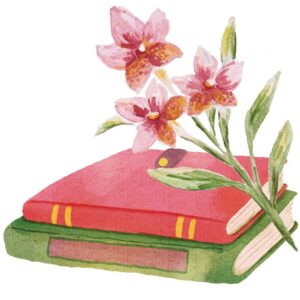Most readers have experienced the tragic disappointment of a book with a great premise, only to discover it has piss-poor execution. The plot is promising, the characters are intriguing, and yet, the book just never makes you care about any of it.
Why does this happen? The culprit could be pacing.
What is pacing, exactly?
Pacing refers to the speed at which a story unfolds. It’s the rhythm and flow of the narrative, dictating how fast or slow events transpire and how information is revealed to the reader.
A fast-paced story is one that unfolds quickly, with the plot hammering on from one thing to another with little down time. A slow-paced story is one that unfolds with time, giving plenty of space and breathing room to each development. Both can be good, depending on the story and the reader’s mood. But most often, the best stories strike a balance.
A well-paced book keeps readers engaged from beginning to end. It balances action, dialogue, and description to maintain momentum and interest.
Good pacing is the heartbeat of a compelling story.
Balance is Key
Good pacing strikes a balance between fast-paced action and slower, introspective moments. This dynamic ebb and flow prevent the narrative from becoming monotonous. For instance, an action-packed thriller might intersperse high-stakes chases with quieter scenes that delve into a character’s backstory or motivations, providing depth and a chance for readers to catch their breath.
Tension and Release
Creating tension and then releasing it is crucial for maintaining reader engagement. Think of it as a rollercoaster ride: the anticipation as you climb the hill, the exhilaration of the drop, and the brief respite before the next twist. In storytelling, this can be achieved through cliffhangers, plot twists, and the gradual buildup of suspense, followed by satisfying resolutions or revelations.
Purposeful Scene Construction
Each scene should serve a purpose: advancing the plot, developing characters, or enriching the world-building. Scenes that meander without contributing to the story can slow the pace and lose the reader’s interest.
Bad pacing puts stories into an early grave.
Uneven Distribution of Action
Bad pacing often results from an uneven distribution of action and slower scenes. A book that spends too much time on mundane details or extensive world-building without progressing the plot can feel sluggish. Conversely, relentless action without any downtime can be exhausting and leave readers without a chance to connect with the characters or absorb the story’s nuances.
Info Dumps and Over-Exposition
Dumping large amounts of backstory or worldbuilding on readers in one go can disrupt the flow of the narrative. Exposition should be woven seamlessly into the story, revealed through dialogue, actions, and subtle hints.
Lack of Stakes and Urgency
If the characters’ goals and the story’s stakes are not clear, the pacing can suffer. Readers need to understand what’s at risk and why they should care. Without a sense of urgency or consequences, the plot can feel aimless and disengage the reader. Ensuring that every action has a reaction and every decision impacts the outcome can keep the narrative taut and compelling.
Pacing can make or break a story.
No matter how exciting or promising the premise is, it can’t make up for poor pacing. It’s just too essential. Solid pacing ensures a book’s events unfold at just the right speed, keeping readers engaged without overwhelming them or leaving them bored.
As a reader, recognizing good pacing can enhance your appreciation of a well-told story and help you articulate why certain books resonate more than others. But more importantly, it can help you know when to DNF. Because let’s be real, as soon as you clock pacing issues, it’s probably going to be a persistent problem throughout the book. Might as well call it before wasting more time on it.
Happy reading!
I would love to have you around! Subscribe below.
Check out some of my other recent blogs:







